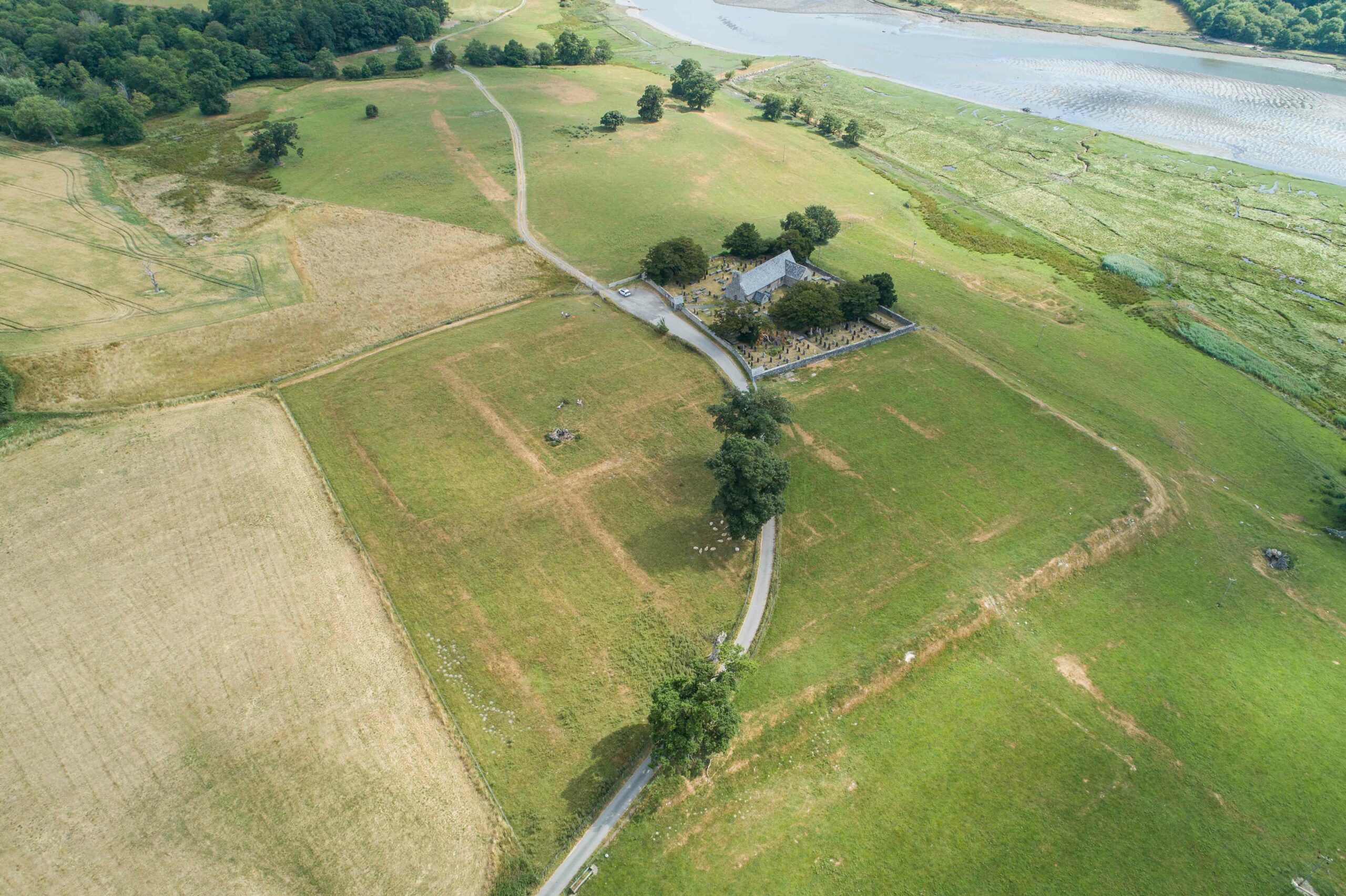WARSAW, POLAND—Live Science reports that a monumental 2,300-year-old fortress has been unearthed at the port of Berenike, near Egypt’s Red Sea coast, by a team of researchers led by Marek Woźniak of the University of Warsaw and Joanna Radkowska of the Polish Academy of Sciences. Woźniak said the western part of the fort was built with double walls and faces inland, suggesting its designers thought an attack might come from that direction. The fort was also equipped with a rock-cut well within the gatehouse, and a series of drains and pools that could possibly have held more than 4,000 gallons of water. A trash dump at the site yielded terracotta figurines, coins, and a piece of elephant skull. The researchers suggest the fort may have been one of a chain of forts constructed by the Ptolemies to transport war elephants imported from East Africa. To read about another recent discovery in Egypt, go to “Mummy Workshop.”
Egyptian Fort May Have Protected Ptolemaic Elephants
News January 3, 2019
Recommended Articles
Features January/February 2026
The Birds of Amarna
An Egyptian princess seeks sanctuary in her private palace

Digs & Discoveries January/February 2026
Stop, Tomb Thief!
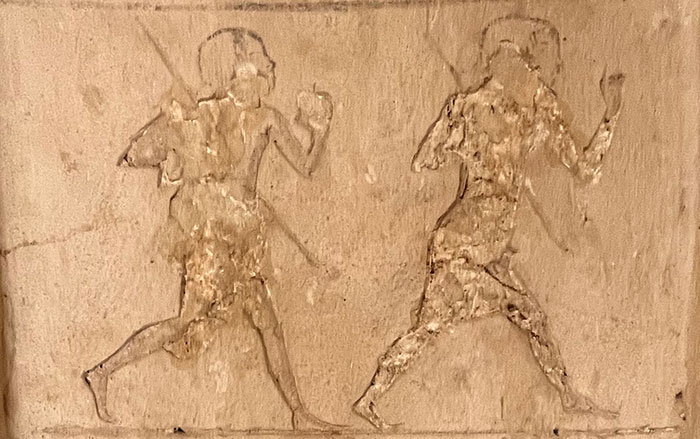
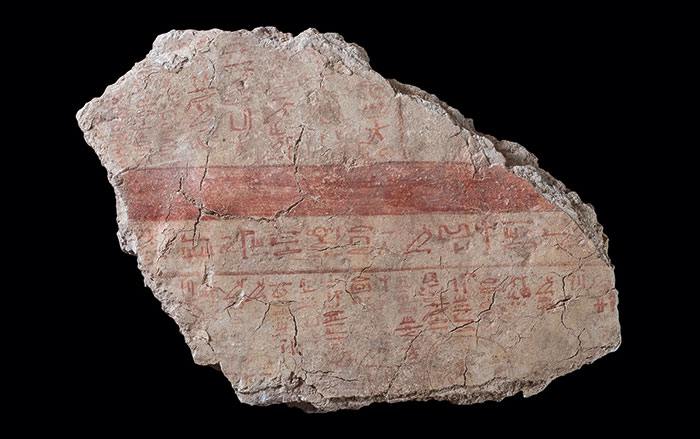
Digs & Discoveries November/December 2025
The Egyptian Sequence
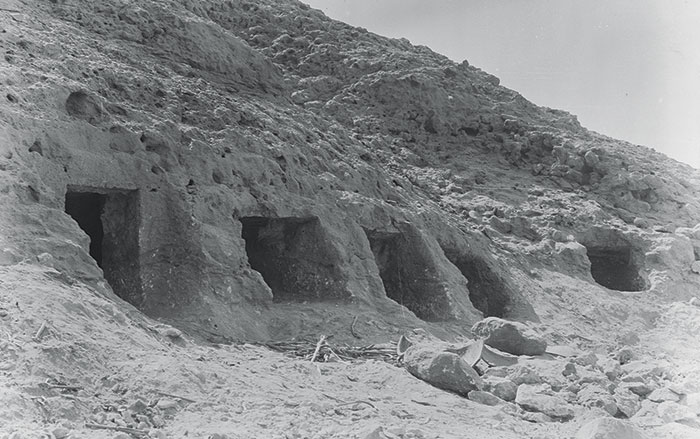
-
Features November/December 2018
Reimagining the Crusades
A detailed picture of more than two centuries of European Christian life in the Holy Land is emerging from new excavations at monasteries, towns, cemeteries, and some of the world’s most enduring castles
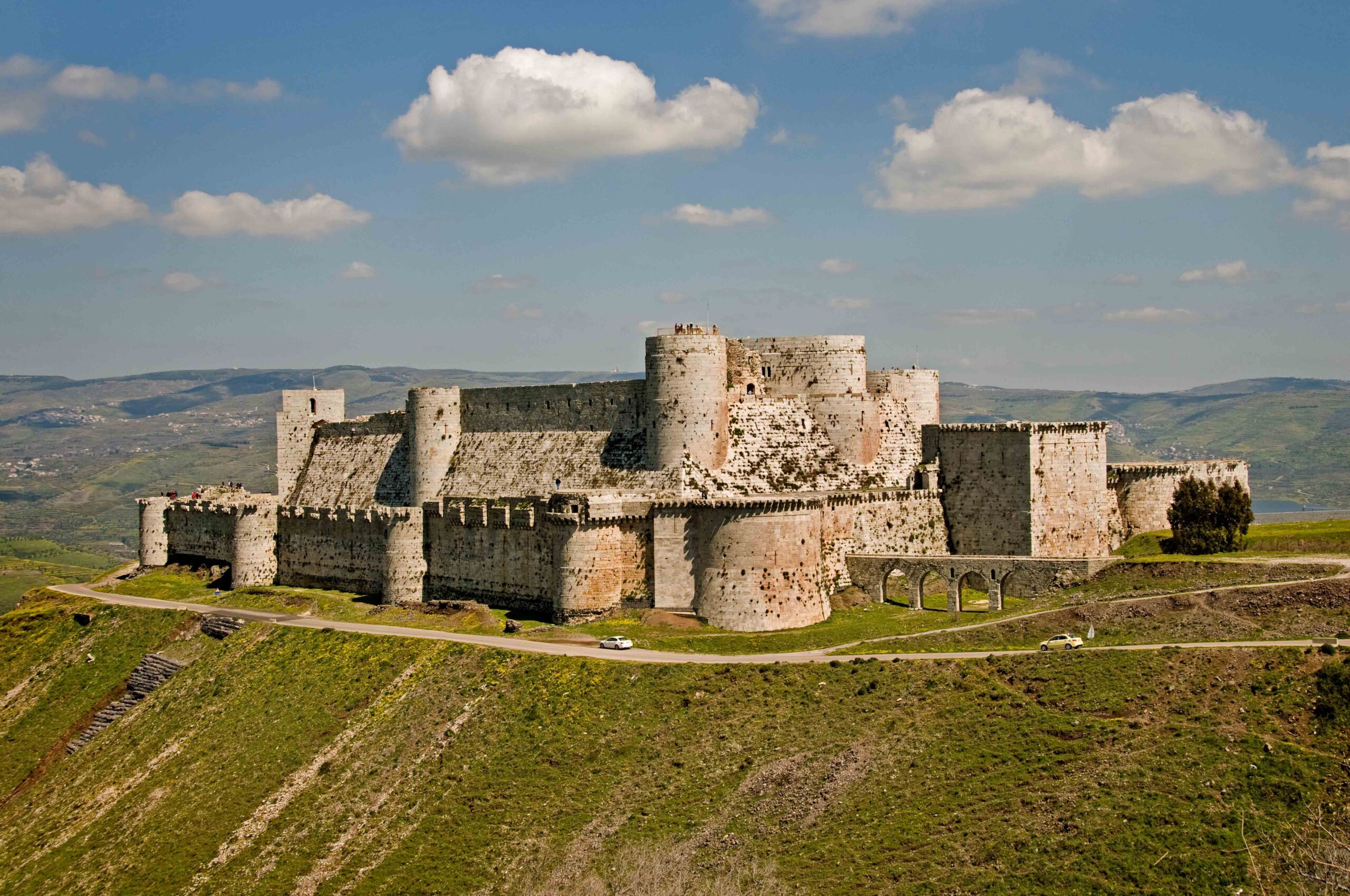 (Peter Horree/Alamy Stock Photo)
(Peter Horree/Alamy Stock Photo) -
Letter from California November/December 2018
Inside a Native Stronghold
A rugged volcanic landscape was once the site of a dramatic standoff between the Modoc tribe and the U.S. Army
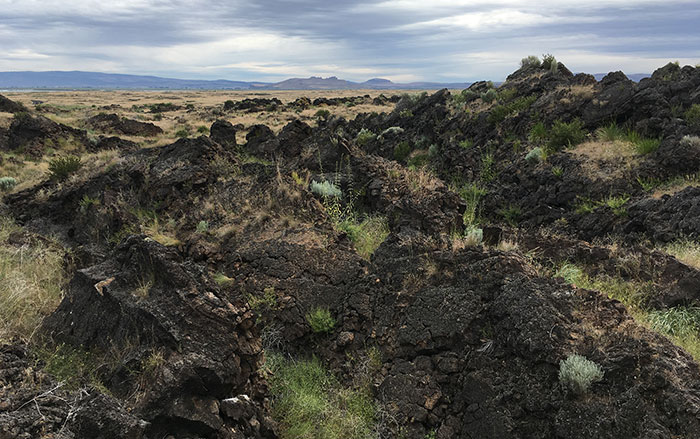 (Julian Smith)
(Julian Smith) -
Artifacts November/December 2018
Russian Canteen
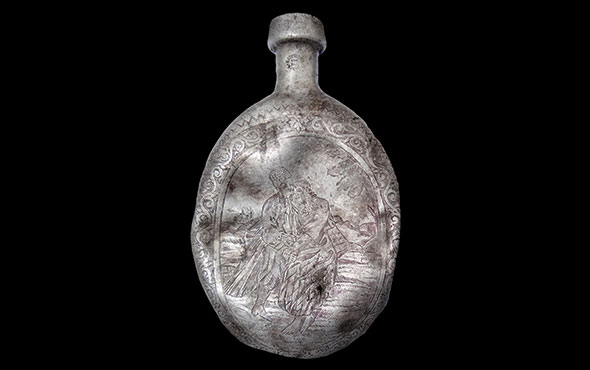 (Courtesy Copyright David Kobialka/Antiquity)
(Courtesy Copyright David Kobialka/Antiquity) -
Digs & Discoveries November/December 2018
The American Canine Family Tree
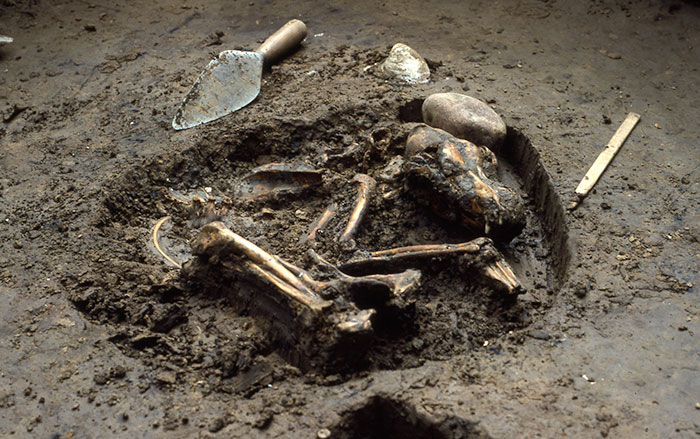 (Photo by Del Baston/Courtesy of the Center for American Archeology)
(Photo by Del Baston/Courtesy of the Center for American Archeology)


